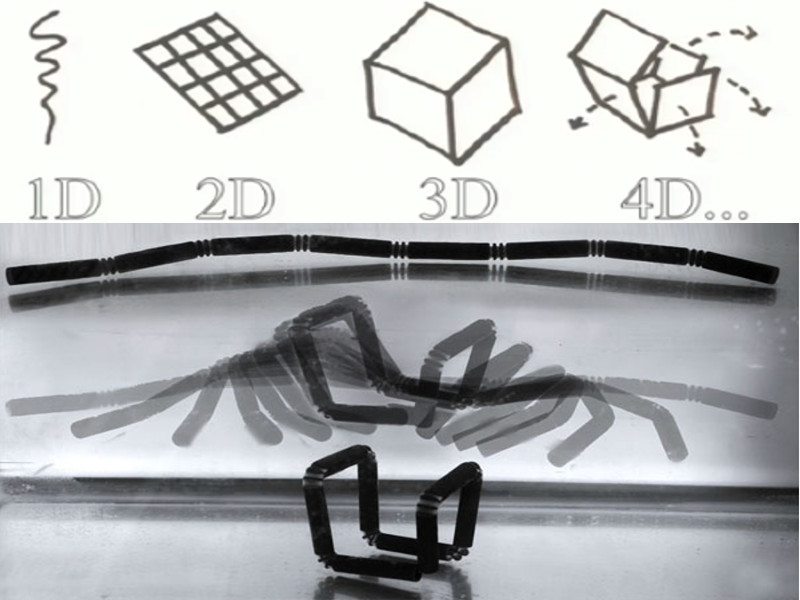4D Printing, The Next Generation Of Printing
Shane Blume / 11 years ago

We have all heard of 3D printing, but have you heard of 4D printing? Probably not. 4D printing takes the same technologies of 3D printing, but with a slight change, objects printed in the fourth dimension have new abilities. 4D objects will be able to alter their shape or appearance over time, or even as a response. Object printed with this new tech will likely have special abilities such as bridges that are able to repair if a crack forms, or even “Adaptive pipes” that are able to expand or contract on their own. They could also have special camouflage characteristics that allow items to change color to match its surroundings. The possibilities do not end here, 4D printing allows you to think outside of the box, perhaps even producing weapons that can assemble themselves.
The United States Army Research Office has awarded three universities a total of $855,000 in order to advance the technology of 4D printing. The three universities include Harvard, University of Pittsburgh and the University of Illinois.
“Rather than construct a static material or one that simply changes its shape, we’re proposing the development of adaptive, biomimetic composites that re-program their shape, properties or functionality on demand, based upon external stimuli..” statement from Anna Balazs a Harvard researcher. Balazs also states “If you use materials that possess the ability to change their properties or shape multiple times, you don’t have to build for a specific, one-time use,”
Researchers will primarily focus on 4D-printing materials at the microscopic level. Some scientists have been able to produce objects on a larger scale, such as Self-Assembling cubes, which form once submerged under water, as well as other shapes. 4D printing breaks through the limitations of old 3D printers which work by layering materials to create objects. Though 3D printers have the ability to make toys, even weapons, some assembly is required most of the time. With 4D printing, just add water, and you have your object. They could possibly even last longer, and be more adaptable.
Thank you LiveScience for providing us with this information.
Image courtesy of Phys.org.



















